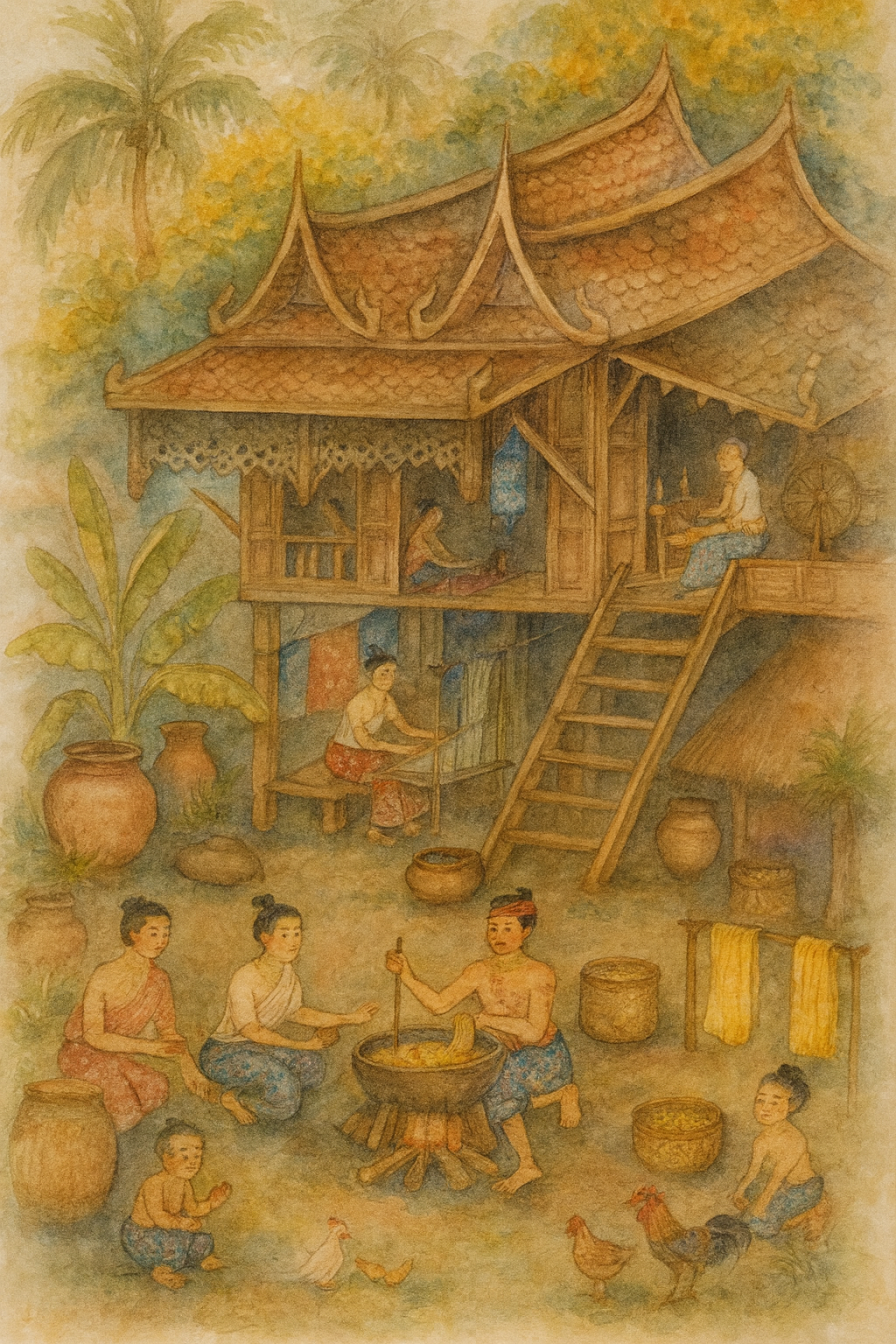Why Arisa de Siam exists
Our Founding Story
Founded in 2025 at the intersection of cultural preservation and technological optimism, Arisa de Siam began as a personal search to decorate a home with regional textiles. It became a mission to collect, safeguard, and share the woven arts of Southeast Asia with a global audience.
In an age of rapid digitization and AI, we return attention to the distinct languages of cloth—rooted in community, ritual, and identity.



